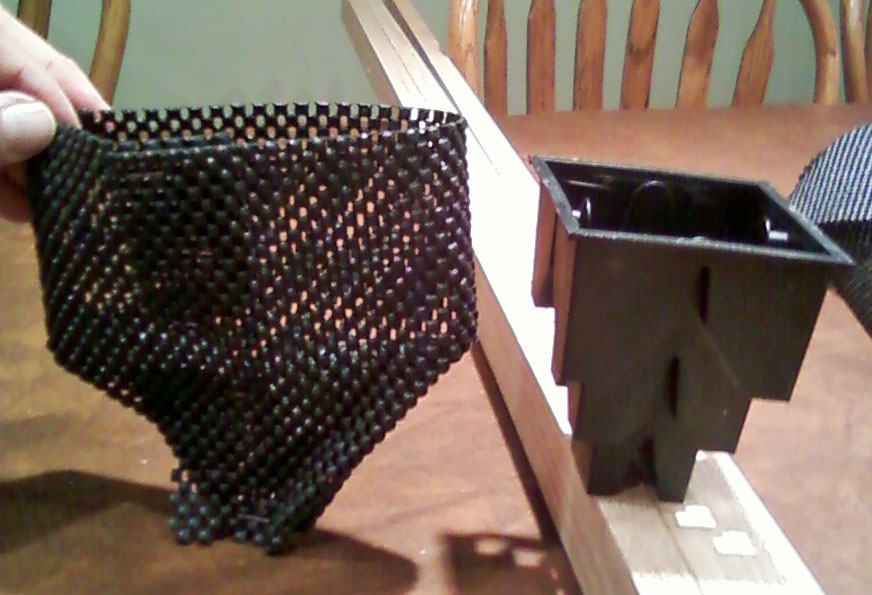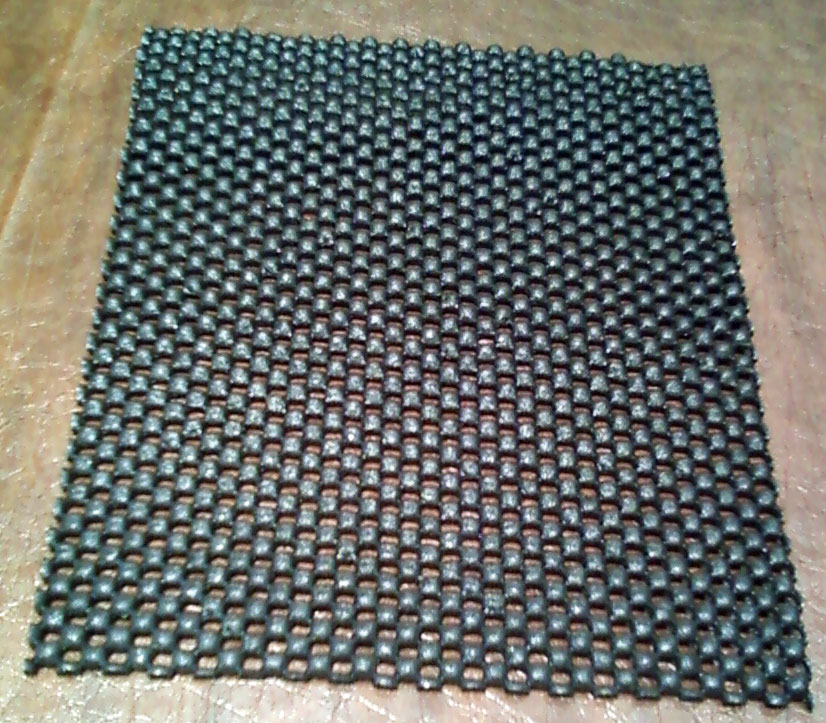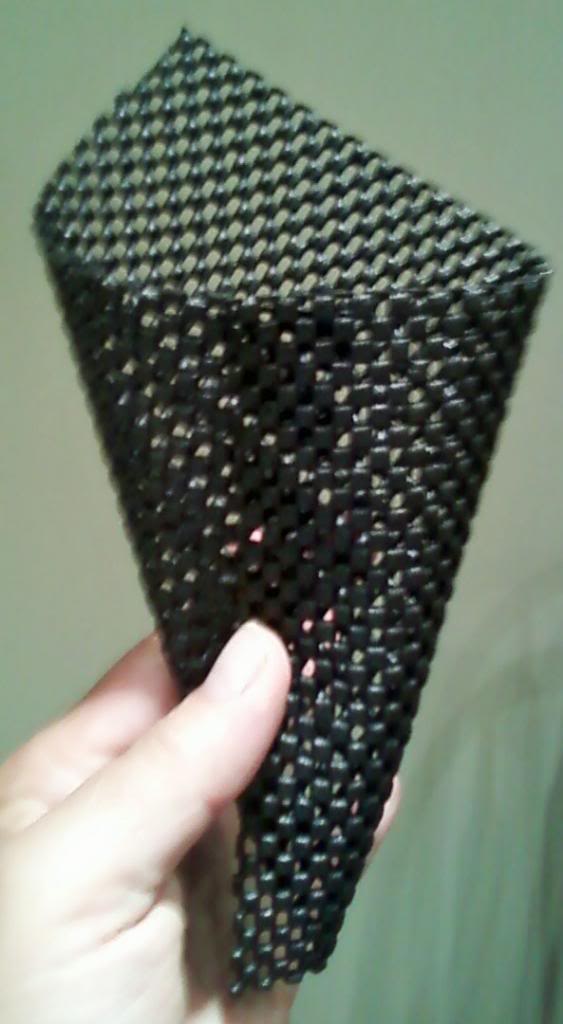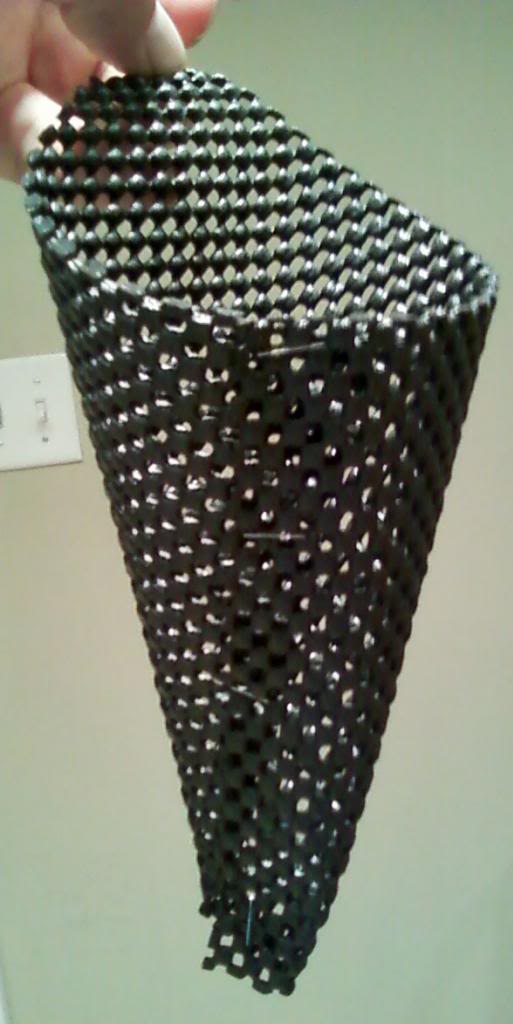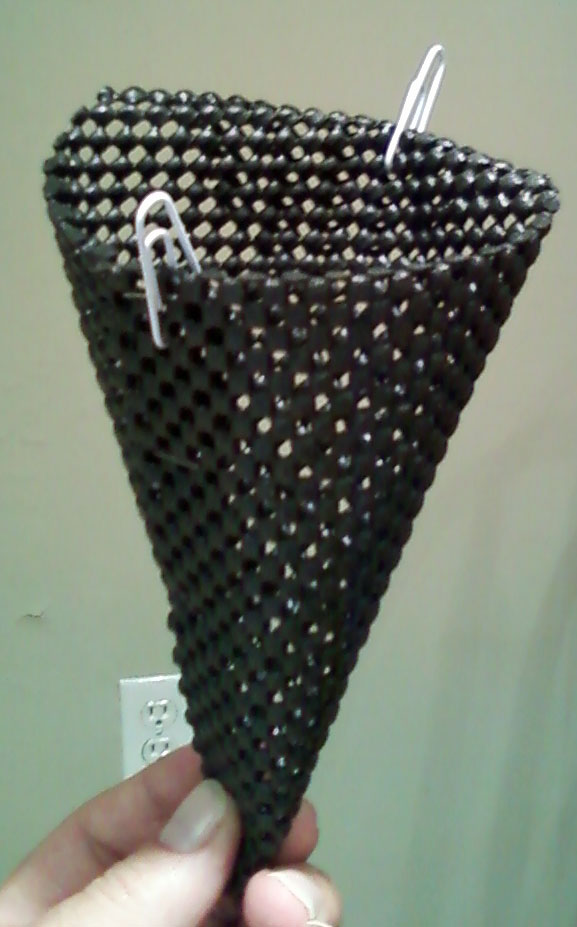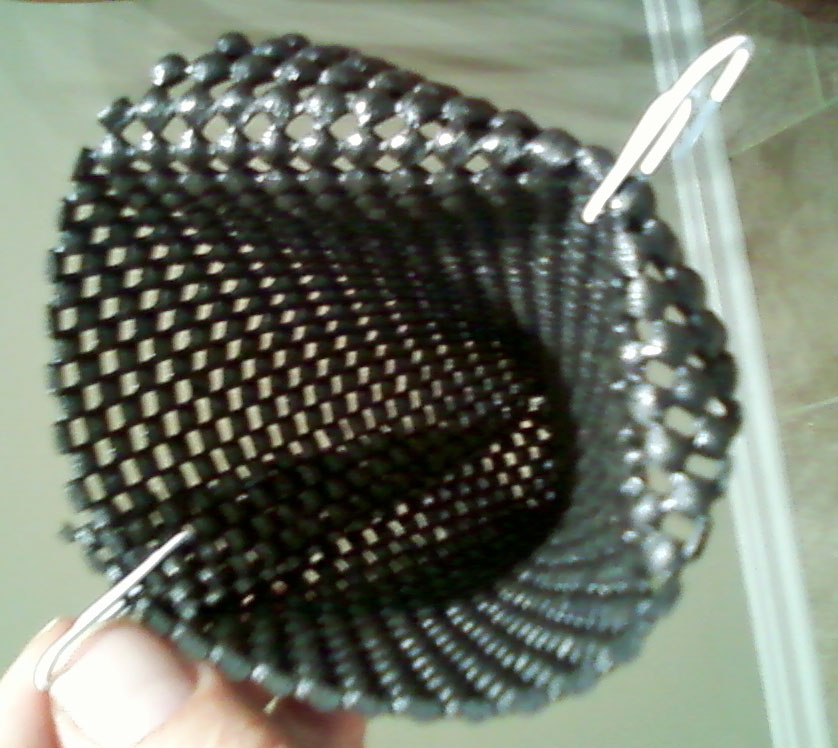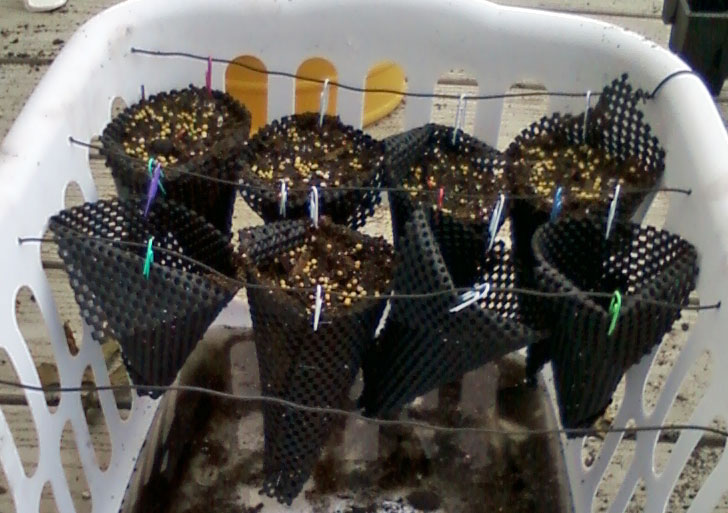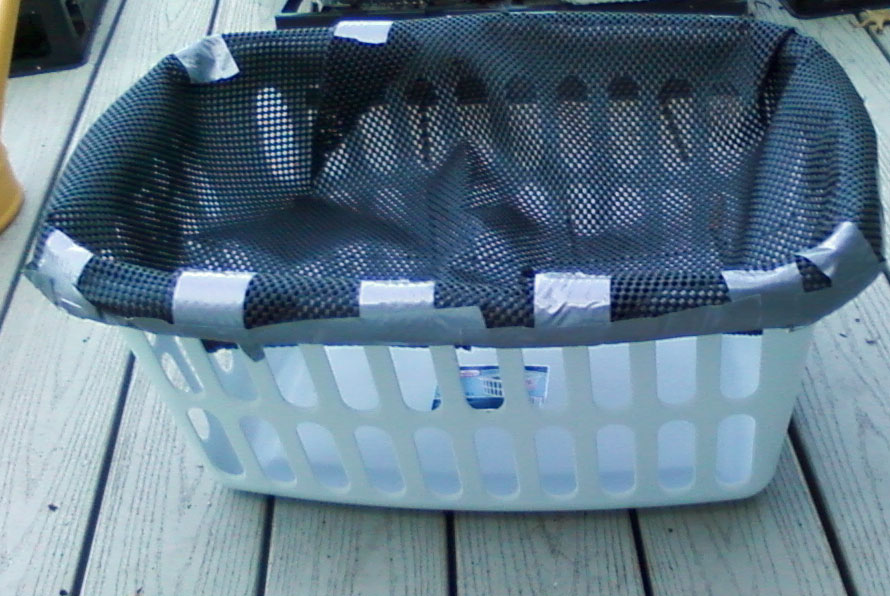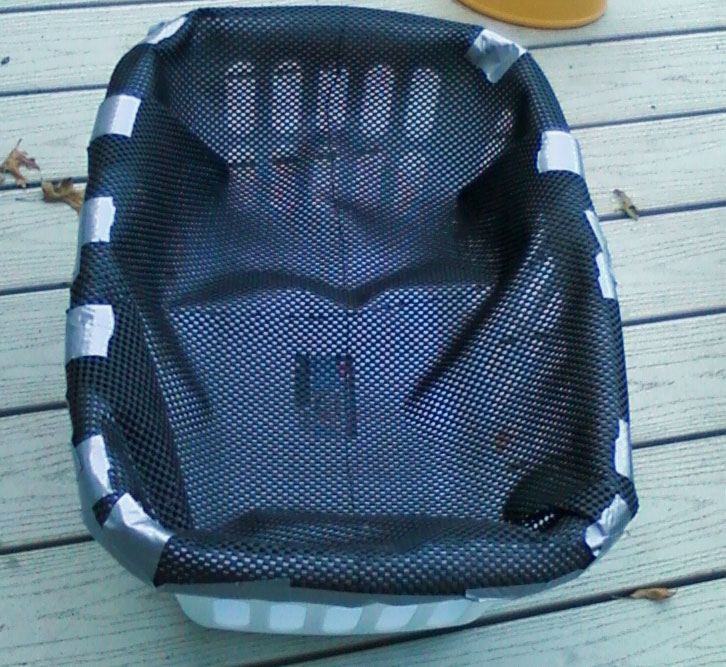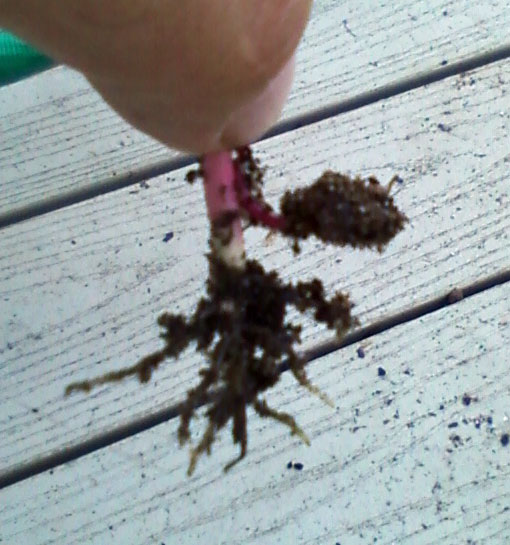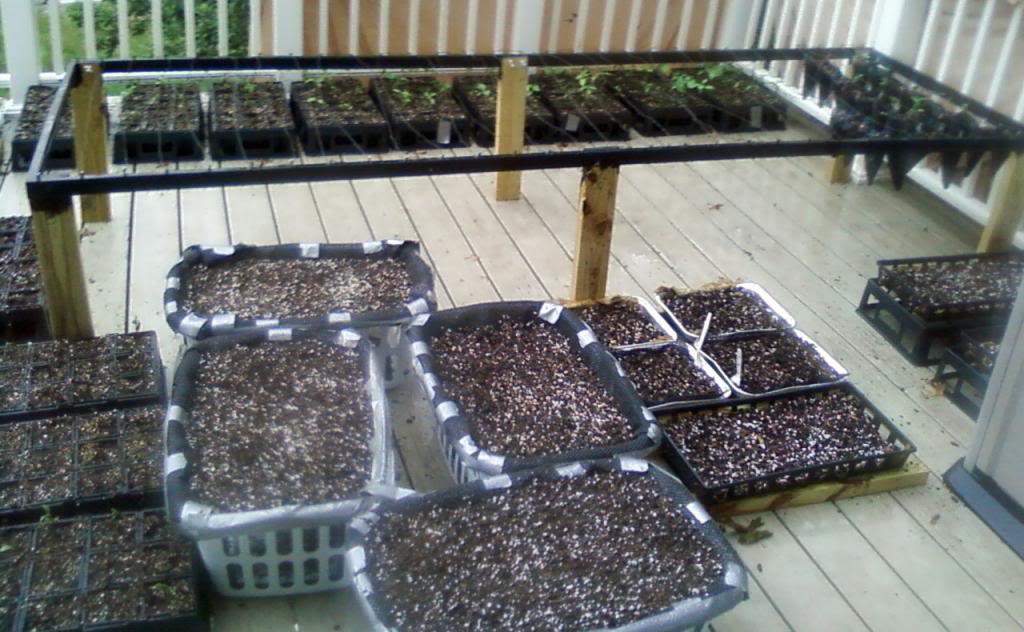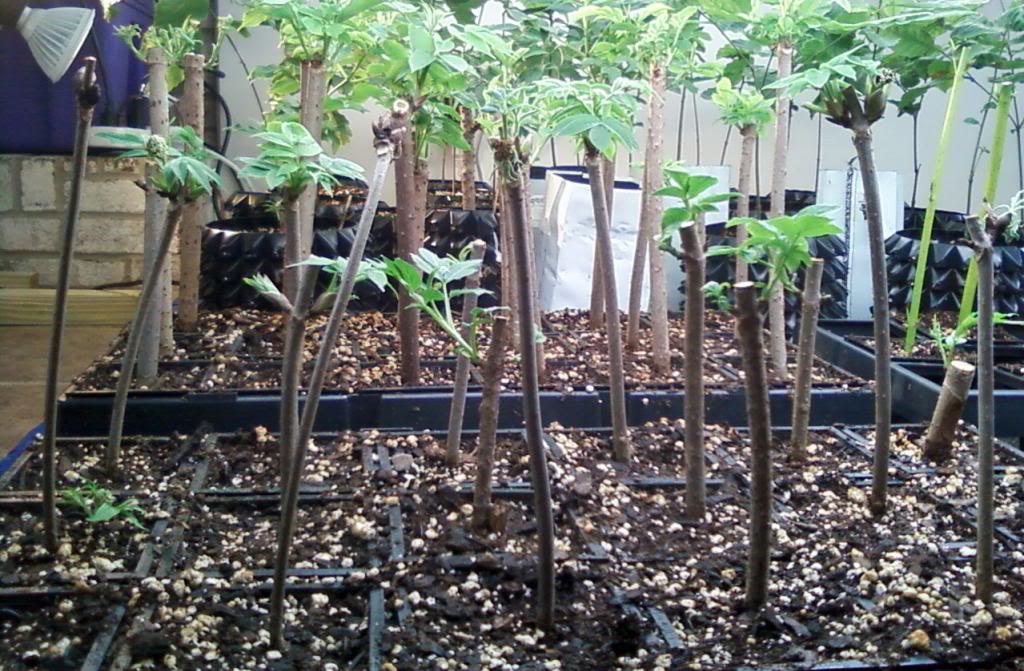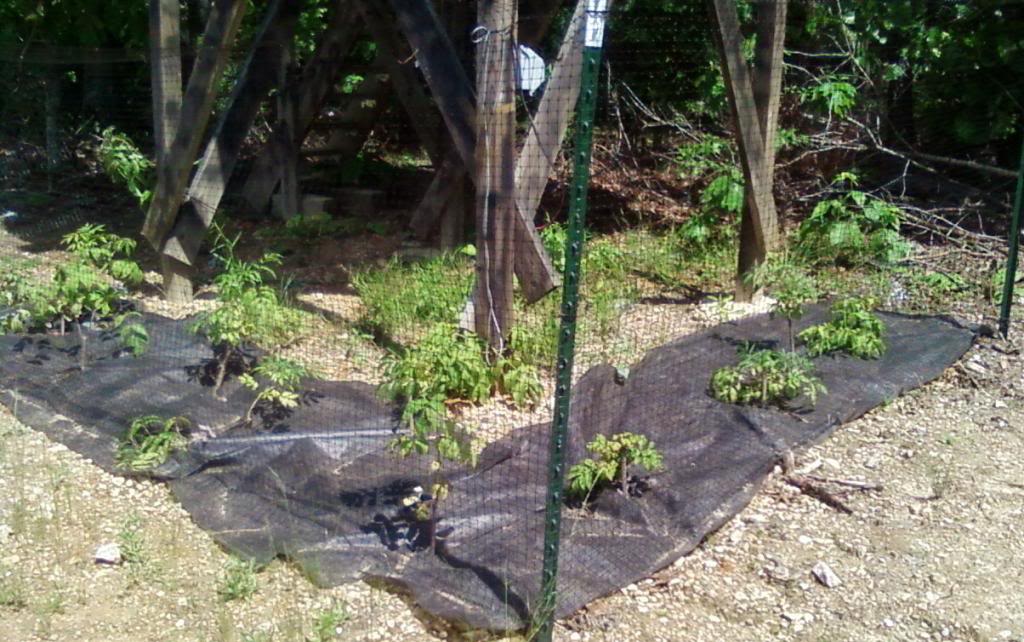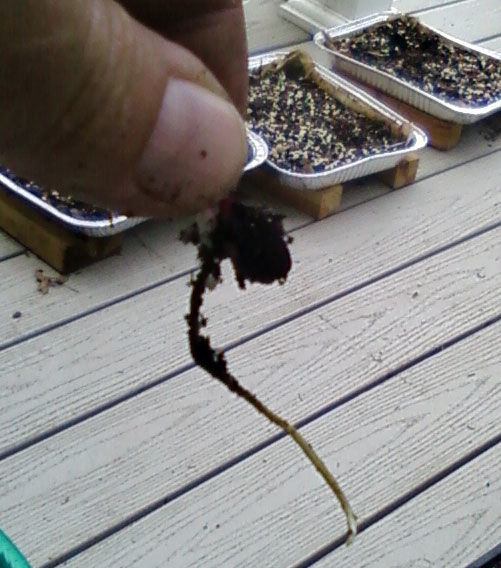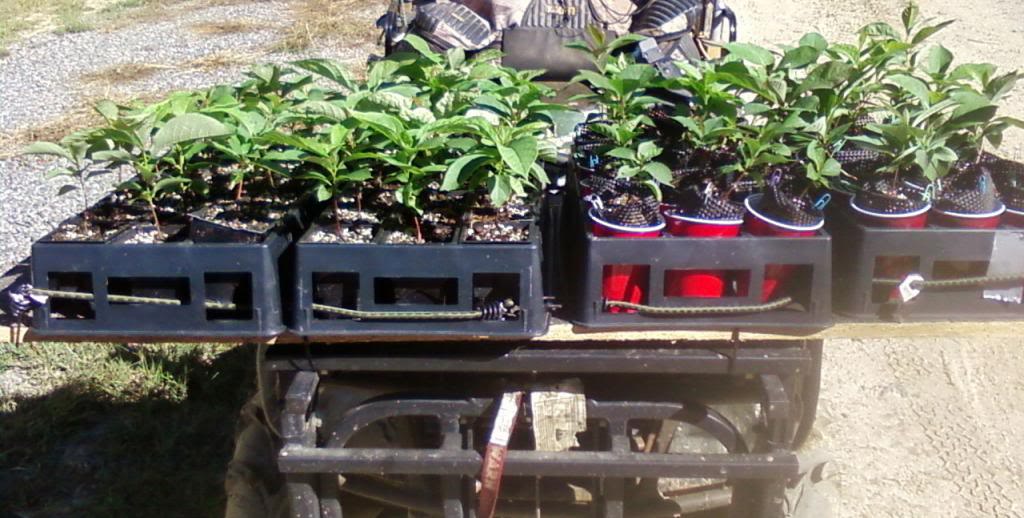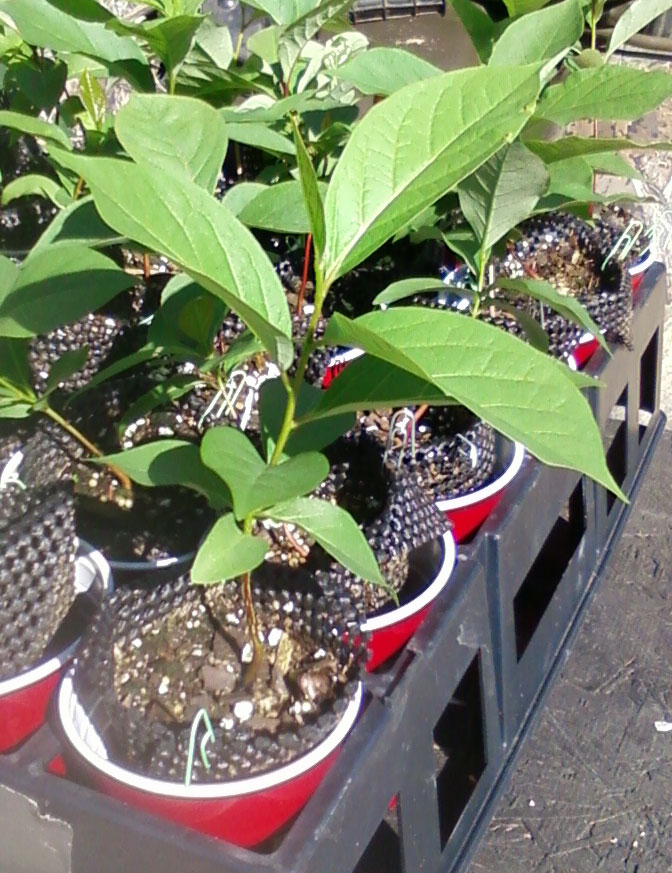yoderjac
5 year old buck +
As some of you know, I've been grafting persimmons http://www.qdma.com/forums/showthread.php?t=47890 and I recently ordered some seed to start rootstock for the future http://www.qrgc-forums.org/QRGC_Forums/yaf_postst449_Persimmon-Propagation.aspx. The orchard had just finished planting their persimmons for the year and since the stratified seed had been exposed to warm moist conditions and wouldn't keep, instead if just sending me what I ordered (which was more than I needed), they sent me about 5 times what I ordered!
Even after giving away a bunch of persimmon seed, I have way more than I can use. I put about 700 seeds into flats to start. Some have just started germinating and I transplanted the first few into rootmaker cells. While I have a lot of rootmaker cells available, it would be nice to be able to have more so I could give away some started seedlings.
I wasn't willing to buy more rootmaker cells for this, so I decided to take the opportunity to see if I could make my own cheaper.
I started with some rubber shelf lining from lowes: http://www.lowes.com/pd_47550-14510-1297467_0__?productId=3137959&Ntt=rubber+shelf+liner&pl=1¤tURL=?Ntt=rubber+shelf+liner&facetInfo=

I used a rootmaker cell and measured a length to cover all 4 sides plus an extra inch or so for overlap.
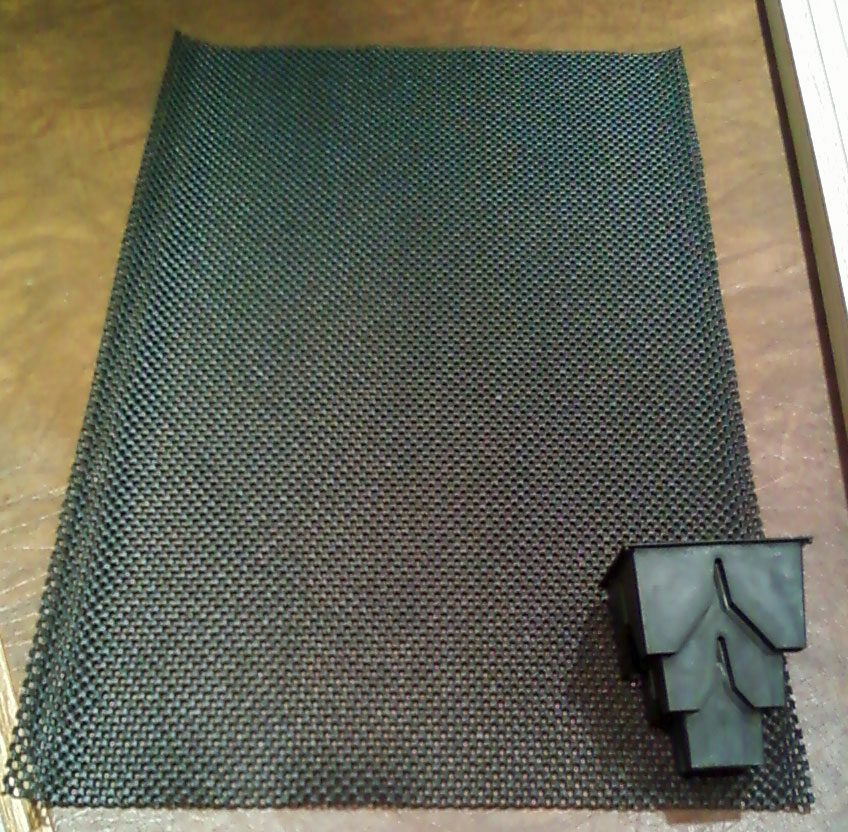
I then cut that piece into 4 strips a little taller than the cell:
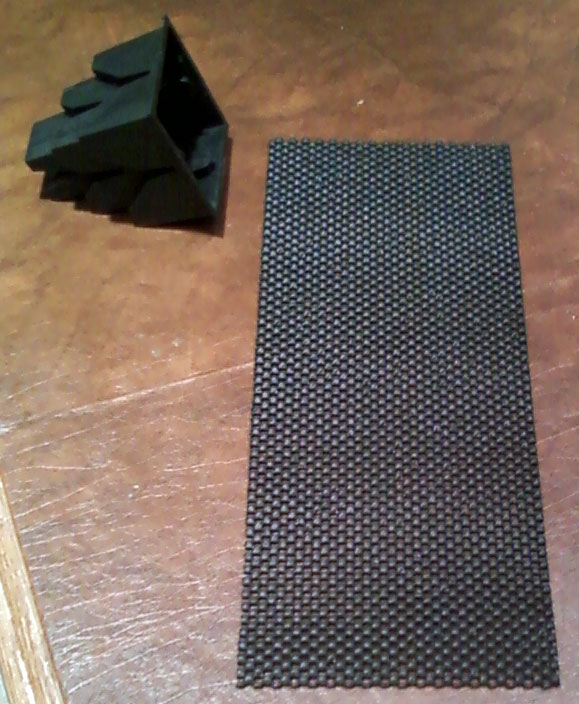
Continued on the next post...
Even after giving away a bunch of persimmon seed, I have way more than I can use. I put about 700 seeds into flats to start. Some have just started germinating and I transplanted the first few into rootmaker cells. While I have a lot of rootmaker cells available, it would be nice to be able to have more so I could give away some started seedlings.
I wasn't willing to buy more rootmaker cells for this, so I decided to take the opportunity to see if I could make my own cheaper.
I started with some rubber shelf lining from lowes: http://www.lowes.com/pd_47550-14510-1297467_0__?productId=3137959&Ntt=rubber+shelf+liner&pl=1¤tURL=?Ntt=rubber+shelf+liner&facetInfo=

I used a rootmaker cell and measured a length to cover all 4 sides plus an extra inch or so for overlap.

I then cut that piece into 4 strips a little taller than the cell:

Continued on the next post...
Last edited:


